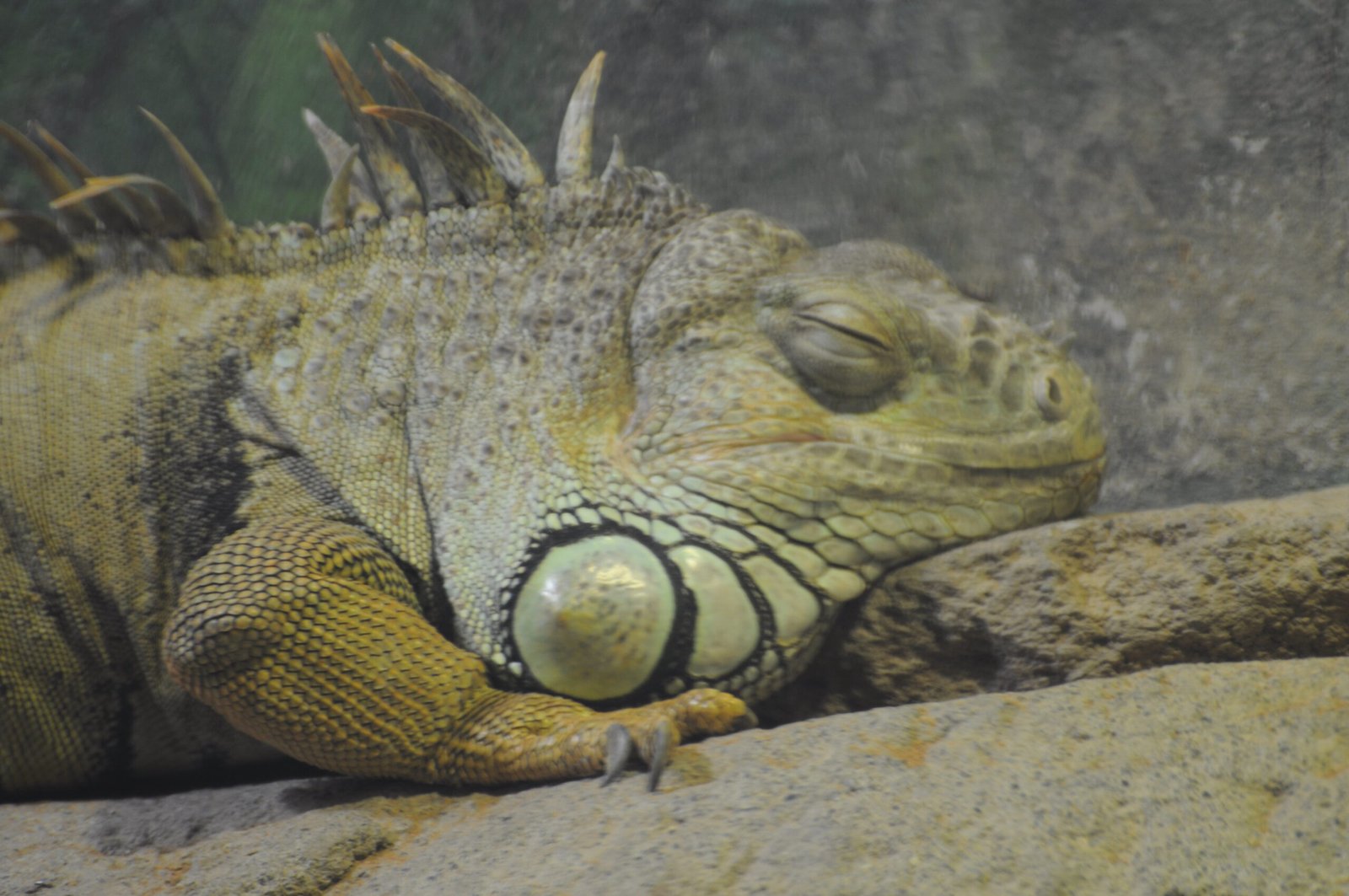Picture this: a bearded dragon perched on a pillow, eyes fixated on the television, head tilting curiously as colorful shapes flicker across the screen. It sounds like something straight out of a quirky cartoon, but for many reptile owners, this bizarre scene is a daily reality. As screens have become an inseparable part of our lives, they’ve also crept into the world of our cold-blooded companions—raising questions, sparking debates, and, at times, leaving even seasoned pet owners baffled. What really happens when lizards watch TV? Is it harmless fun or a secret source of stress? Let’s dive into the weirdly captivating world where reptiles meet entertainment technology.
The Fascination Begins: Why Do Lizards Seem to Watch TV?
It’s not just wishful thinking—many lizard owners have witnessed their scaly friends staring at TVs, tablets, and even smartphones. This begs the question: why do these ancient creatures, whose ancestors roamed the earth long before the first shadow puppet, seem captivated by modern screens? Scientists suggest it’s a combination of movement, light, and color that draws their attention. Reptiles are naturally attuned to sudden changes in their environment, which in the wild could mean food or danger. When a TV flashes with shifting colors and patterns, it might mimic the rustle of leaves or a darting insect, triggering their natural curiosity. For some lizards, television could be the most exciting “prey” they’ve seen all day.
How Lizards Perceive Screens: Vision Beyond Human Eyes
Lizards don’t see the world the way we do. Their eyes are built for survival, detecting ultraviolet light and subtle shifts in movement. Some species can even see colors we can’t imagine—think of a psychedelic rainbow, but sharper. This means that what looks like a dull soap opera to us might be a dazzling light show for a bearded dragon. However, not all screens are created equal; some televisions flicker at a rate that’s undetectable to humans but painfully obvious to reptiles. For them, watching TV might sometimes be less like cinema, more like a strobe light disco.
Curiosity or Stress? Decoding Lizard Behavior in Front of the TV
It’s tempting to anthropomorphize our pets—assuming a gecko glued to the screen is simply enjoying the latest wildlife documentary. But experts caution that lizards might watch TV out of stress or confusion, not entertainment. Signs like rapid tongue-flicking, erratic head movements, or attempts to attack the screen could signal agitation rather than amusement. On the flip side, a relaxed lizard basking while occasionally glancing at the screen may just be indulging its curiosity. Observing body language is key: an alert, tense posture suggests stress, while a calm, slow-blinking reptile is likely at ease.
Scientific Studies: What Research Reveals About Reptiles and Screens
Although the phenomenon is growing in popularity among pet owners, scientific research is still catching up. A handful of studies have examined how reptiles respond to moving images. For instance, researchers have observed that anoles and bearded dragons can recognize shapes and even distinguish between different colors on screens. Some studies suggest that lizards can learn from video demonstrations—such as watching another lizard solve a puzzle and then mimicking the behavior. However, much remains unknown about the psychological and physiological impacts of prolonged screen exposure on reptiles.
Color and Movement: The Visual Triggers for Reptile Attention
Lizards are visual hunters. Their brains light up at the sight of something moving rapidly or changing color—like the shimmering of a bug’s wing or the darting of prey. Modern screens, with their vivid animations and dynamic scenes, are tailor-made to grab their attention. Bright reds, blues, and greens are especially captivating for many lizard species. On the other hand, static images or slow-moving scenes rarely hold their interest for long. In a sense, your lizard could be just as picky about TV as your average teenager.
Case Studies: Real-Life Reptiles Watching TV
All across social media, videos abound of pet lizards seemingly mesmerized by TV. Take the famous bearded dragon, Norbert, who “watches” cartoons every morning with his owner. Another case involves a leopard gecko that appears to follow the movement of animated insects on the screen, occasionally licking the glass in a futile attempt to catch them. These anecdotes, while charming, also highlight the need for more systematic study of the effects of screen time on reptiles. Still, it’s hard not to smile at the sight of a tiny dinosaur engrossed in a nature show.
Learning From Screens: Can Lizards Be Trained With Video?
The idea of using screens as educational tools for reptiles sounds outrageous, but there’s a kernel of truth. Recent experiments have shown that some lizards can learn new behaviors by watching videos of other lizards. For example, a bearded dragon might watch a demonstration of another lizard pushing a lever to get food, then attempt the same trick. This kind of social learning was once thought to be limited to mammals and birds, but it turns out reptiles might be cleverer than we imagined. Screens, in this context, become high-tech tutors.
Potential Dangers: Are Screens Harmful to Reptiles?
As with any new trend, there are potential downsides. Prolonged exposure to screens can disorient lizards, causing confusion or even stress-related health problems. Some owners report their pets becoming “obsessed” with watching TV, refusing to eat or bask properly. Flicker rates, screen brightness, and loud sounds can also create an environment that’s overwhelming for sensitive reptiles. Just like humans, lizards need a balance—too much stimulation can be just as harmful as too little.
Screen Time and Sleep: How Light Disrupts Reptile Rest

Lizards rely on natural light cycles to regulate their sleep and overall health. The glow of a television, especially if left on at night, can disrupt these cycles. Bright screens may confuse their biological clocks, leading to restless nights, poor appetite, and weakened immune systems. Owners are encouraged to limit screen exposure, especially during the evening hours, to mimic the rise and fall of the sun. A good rule of thumb: if you wouldn’t sleep with the TV blaring, your lizard probably shouldn’t either.
Comparing Species: Which Lizards Respond Most to Screens?
Not all lizards are equally fascinated by television. Bearded dragons and leopard geckos, with their keen eyesight and inquisitive natures, are among the most notorious TV-watchers. Chameleons, by contrast, seem less interested, perhaps because they rely more on stealth and camouflage than speed and motion. Iguanas might occasionally notice the screen, but they’re more likely to be drawn to the warmth of a lamp than the flicker of a cartoon. Each species is unique, and individual personalities play a huge role as well.
Owner Experiences: Stories From the Living Room
Ask any reptile enthusiast, and you’ll hear a wild assortment of stories about lizards and screens. One owner describes her blue-tongue skink “dancing” in front of the television whenever a soccer match is on, as if cheering for the players. Another laughs about her crested gecko’s indifference, preferring to nap through even the most exciting action scenes. These anecdotes, while not scientific, offer a window into the quirky bond between humans and their reptilian roommates. Sometimes, sharing a favorite TV show becomes an unexpected ritual.
The Appeal of Nature Documentaries: Instincts Awakened

Nature documentaries, with their sweeping shots of jungles, deserts, and rainforests, seem especially captivating to pet lizards. The movement of insects, the flutter of birds, and the slither of snakes on screen can trigger hunting instincts. Some owners use these shows to encourage exercise or mental stimulation. However, owners should watch for signs of frustration—if a lizard repeatedly lunges at the screen, it may become stressed or confused when it can’t catch its “prey.” Moderation is key to keeping the experience positive.
Enrichment or Distraction? The Debate Among Experts
Experts remain divided on the value of TV for lizards. On one hand, screens can provide enrichment—offering new sights and sounds in an otherwise static environment. On the other, artificial stimuli can’t replace the complexity of real-world experiences. Some herpetologists argue that true enrichment comes from rearranging the habitat, offering live prey, or providing natural climbing structures. While a little screen time might break up the monotony, it’s no substitute for genuine interaction with the world.
Tips for Safe Screen Time: Guidelines for Reptile Owners
If you’re tempted to let your lizard watch TV, a few simple precautions can make the experience safer. Keep screen sessions short—no more than 10 to 15 minutes at a time. Lower the volume to avoid startling your pet, and avoid shows with rapid flickering or flashing lights. Place the enclosure at a comfortable distance from the screen, and watch your lizard’s body language closely. If signs of stress appear, turn off the TV and let your reptile unwind in peace. Remember, screen time should be a treat, not a routine.
Screen Addiction: Can Lizards Become Obsessed?
It might sound silly, but some lizards do seem to develop a kind of obsession with screens. Owners have reported pets that rush to the front of the enclosure whenever the TV is turned on, or even refuse to engage with their environment unless the screen is glowing. While true addiction is a human concept, repetitive or compulsive behaviors in lizards can be a red flag. These patterns may indicate boredom, stress, or an unmet need for stimulation. Breaking the cycle usually involves enriching the habitat in other ways and limiting access to screens.
The Future of Reptiles and Technology: What’s Next?
As technology becomes ever more entwined with daily life, the relationship between our pets and our gadgets will only grow more complicated. Researchers are beginning to explore ways to use screens for training, enrichment, and even health monitoring in reptiles. Imagine a future where a bearded dragon learns tricks from a tablet or a gecko’s activity is tracked by an app. For now, the most important thing is to stay curious, stay observant, and remember that even the strangest behaviors can offer new insights into the mysterious minds of our reptilian friends.




